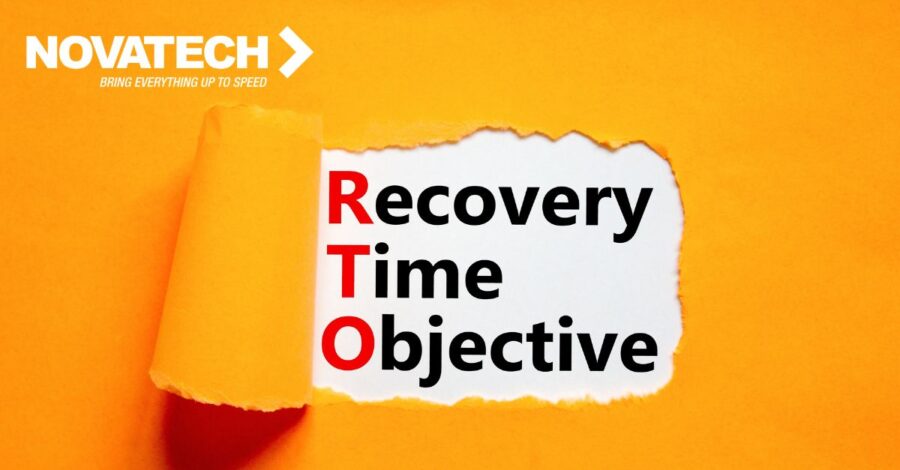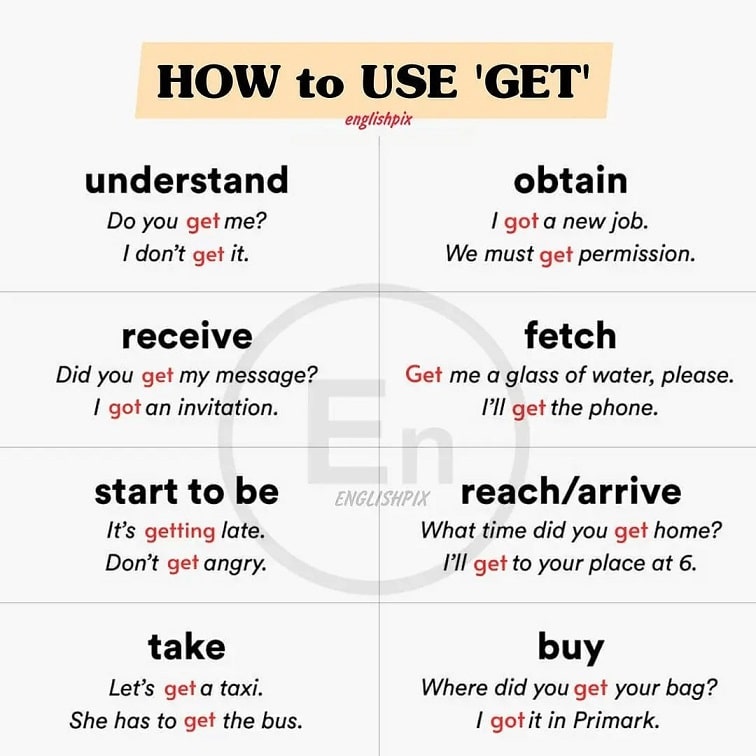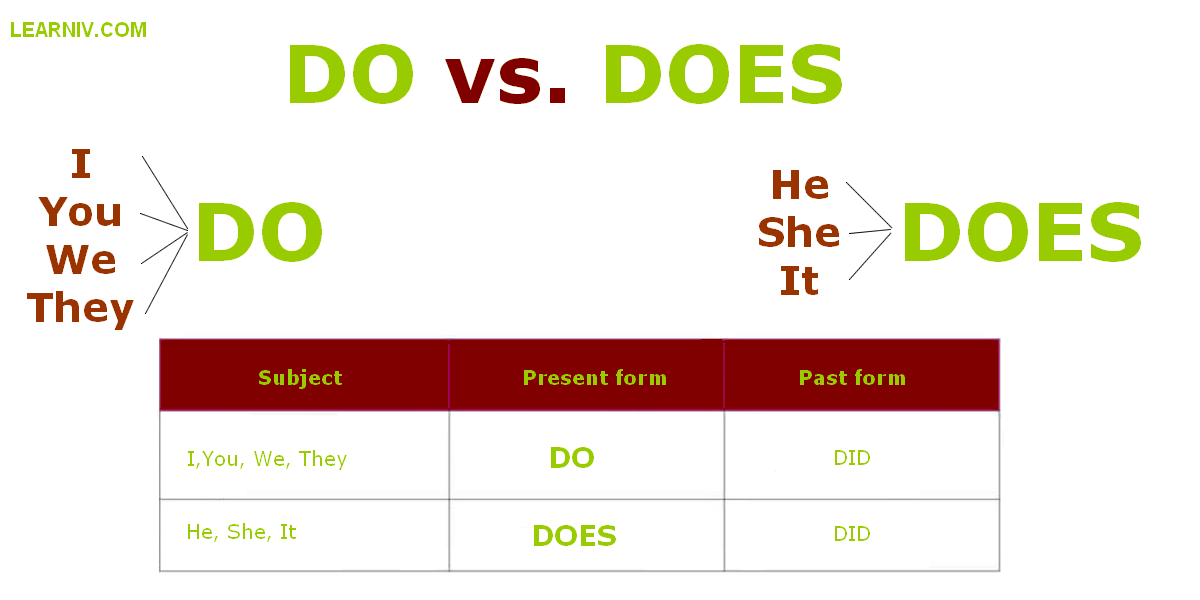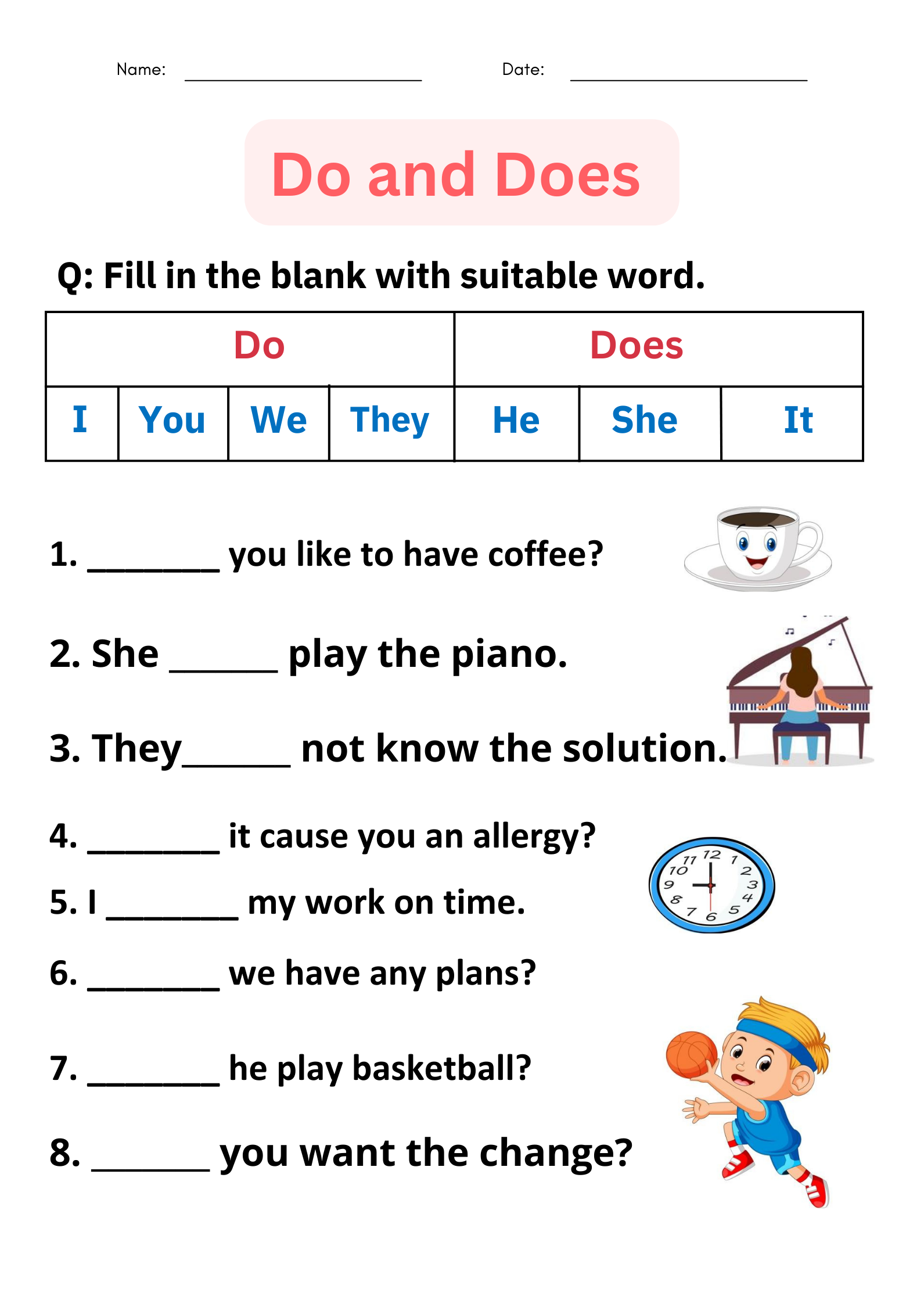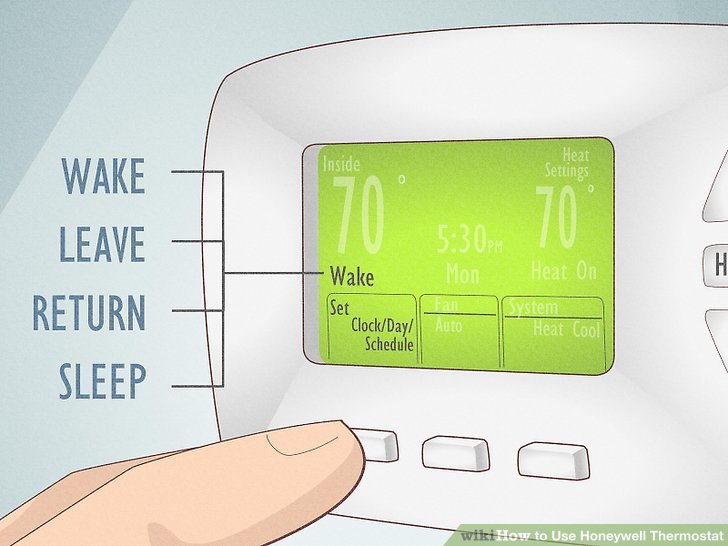Can a Deported Person Return Legally by Marrying a U.S. Citizen? Step-by-Step Guidance & Options
Understanding Deportation and Legal Re-Entry Through Marriage
Deportation from the United States has severe consequences, often resulting in a legal bar from re-entering the country. Many individuals wonder if marrying a U.S. citizen can provide a pathway back. While marriage to a U.S. citizen may offer opportunities for legal re-entry, the process is complex and involves navigating federal immigration laws, forms, and waivers. It is essential to understand that marriage itself does not guarantee automatic re-entry or legal status for a deported person [1] [2] .
Marriage to a U.S. Citizen: What It Means for Deportees
Marrying a U.S. citizen can make a deported person an immediate relative in the eyes of immigration law. This status allows the possibility of applying for an immigrant visa or green card through the marriage. However, a deported individual is typically considered inadmissible and must overcome significant legal barriers before re-entry is possible [3] .
Key points include:
- The government closely scrutinizes marriages involving deported individuals to ensure they are genuine and not solely for immigration benefits.
- If the deportation was due to certain criminal offenses or immigration violations, additional restrictions may apply, and some grounds may be permanently barred from re-entry.
Legal Pathways: Waivers and Applications Required
To return to the U.S. legally after deportation, a person typically must:
- File Form I-212: Application for Permission to Reapply for Admission into the United States After Deportation or Removal. This form is required for most individuals who wish to re-enter before the standard time bar has expired.
- File Form I-601: Application for Waiver of Grounds of Inadmissibility. This is necessary if the person is considered inadmissible due to specific immigration violations or criminal history.
Both forms require strong evidence of hardship to the U.S. citizen spouse, proof of a bona fide marriage, and any documentation showing rehabilitation or ties to the U.S. The waiver process is rigorous and can take several years [1] [2] .
Step-by-Step Guidance for Re-Entry After Deportation
While every case is unique, the general process involves:
- Consult an experienced immigration attorney. Professional legal advice is critical, as errors or missing information can result in denial and further delays.
- Gather required documentation: Proof of marriage, evidence of hardship to the citizen spouse, records of deportation, police clearances, and any proof of rehabilitation.
- File Form I-212 and I-601: Submit to U.S. Citizenship and Immigration Services (USCIS) or the appropriate consulate, along with all supporting documents.
- Consular processing: If the waiver is granted, the individual must apply for an immigrant visa at a U.S. consulate abroad.
- Attend interviews: Both the U.S. citizen spouse and the deported individual may be interviewed to verify the marriage’s legitimacy and assess eligibility.
- Wait for adjudication: The process can take months to years, depending on case complexity and USCIS workload.
Each step may involve additional requirements based on the reason for deportation and the individual’s background.
Real-World Example: Hardship Waiver for a Deported Spouse
Consider the following scenario: Maria was deported after overstaying her visa. She married John, a U.S. citizen, after deportation. John provides evidence that his life would be severely impacted if Maria cannot return-such as financial hardship, loss of emotional support, and disruption to family life. With the help of an attorney, Maria files Form I-212 and I-601, including documentation of their genuine marriage and proof of hardship. After a lengthy review, Maria is granted a waiver and receives an immigrant visa, allowing her to return legally.
This example illustrates the importance of detailed documentation and the often lengthy, challenging process required [2] .

Source: pixabay.com
Potential Challenges and Solutions
Common obstacles include:
- Permanent bars: Some deportations result in permanent inadmissibility, especially for serious criminal convictions or immigration fraud. In these cases, waivers may not be available.
- Proving hardship: The standard for “extreme hardship” to the U.S. citizen spouse is high. Applicants must provide compelling evidence, such as medical records, financial statements, and affidavits.
- Processing delays: Waiver adjudication can take years. Applicants should prepare for long wait times and possible requests for further evidence.
- Consular interviews: Demonstrating a bona fide marriage is critical. Interviewers may request photos, correspondence, and statements from family and friends.
Solutions include seeking legal counsel, preparing comprehensive documentation, and exploring alternative immigration options, such as humanitarian relief or employment-based visas where applicable.

Source: dreamstime.com
Alternative Legal Pathways
In some cases, deported individuals may qualify for other forms of relief:
- Humanitarian waivers: For those facing extreme danger or persecution in their home country, options may exist under asylum or refugee programs.
- Family-based petitions: Other family members who are U.S. citizens or permanent residents may file petitions, though the process still requires overcoming inadmissibility.
- Appeals and motions to reopen: If new evidence emerges or legal errors occurred during the deportation, individuals may petition to reopen their cases.
Consulting an immigration attorney is critical to evaluating all possible avenues for relief and legal re-entry.
What to Do Next: Actionable Guidance
If you or your loved one has been deported and is considering marriage to a U.S. citizen as a pathway back, here are practical steps you can take:
- Contact a licensed immigration attorney with experience in deportation waivers and family-based petitions.
- Visit the official U.S. Citizenship and Immigration Services (USCIS) website and search for “Form I-212” and “Form I-601” to review eligibility and filing instructions. You may also find guidance on “consular processing” and “extreme hardship waivers.”
- Collect all documentation related to marriage, deportation, and U.S. citizen spouse hardship.
- If unsure where to start, seek help through reputable legal aid organizations or local immigration advocacy groups. Many offer free or low-cost consultations.
- Prepare for a lengthy process and set realistic expectations about possible outcomes, timeframes, and costs.
While it is possible for some deported individuals to return to the U.S. legally by marrying a citizen, each case is unique, and success depends on many factors, including the grounds for deportation, the strength of the hardship claim, and the ability to demonstrate a genuine marriage.
References
MORE FROM mumsearch.com
